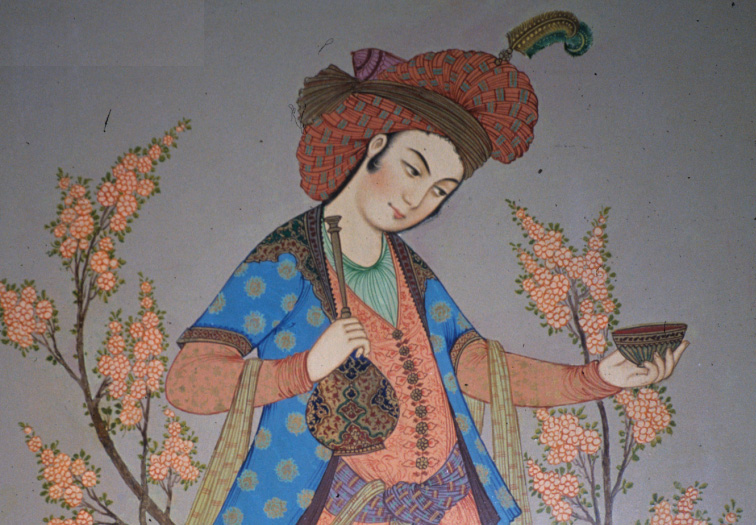The culture of Iran, also known as culture of Persia, is one of the oldest in the world. Owing to its dominant geo-political position and culture in the world, Iran has directly influenced cultures and peoples as far away as Italy, Macedonia, and Greece to the West, Russia to the North, the Arabian Peninsula to the South, and South and East Asia to the East. Thus an eclectic cultural elasticity has been said to be one of the key defining characteristics of the Persian spirit and a clue to its historical longevity. Furthermore, Iran’s culture has manifested itself in several facets throughout the history of Iran as well as the Caucasus, Central Asia, Anatolia, and Mesopotamia. The Persian calendar is a solar calendar, however, some of the official religious Islamic and Shia holidays are based on a lunar calendar. Government official working days are from Saturday to Wednesday.
Religion in Iran
Zoroastrianism was the national faith of Iran for more than a millennium before the Arab conquest. It has had an immense influence on Iranian philosophy, culture and art after the people of Iran converted to Islam. Islam is practiced by the majority of Iranians and governs their personal, political, economic and legal lives. Islam emanated from what is today Saudi Arabia. The Prophet Muhammad is seen as the last of God’s emissaries (following in the footsteps of Jesus, Moses, Abraham, etc) to bring revelation to mankind. He was distinguished with bringing a message for the whole of mankind, rather than just to a certain people. As Moses brought the Torah and Jesus the Bible, Muhammad brought the last book, the Quran. The Quran and the actions of the Prophet (the Sunnah) are used as the basis for all guidance in the religion. Today of the 98% of Muslims living in Iran.
, around 89% are Shi’a and only around 9% are Sunni.Followers of the Baha’i faith comprise the largest non-Muslim minority in Iran. Followers of the Baha’i faith are scattered throughout small communities in Iran, although there seems to be a large population of people who follow the Baha’i faith in Tehran. Most of the Baha’i are of Persian descent, although there seem to be many among the Azerbaijani and Kurdish people. The Baha’i are severely persecuted.
Followers of the Christian faith comprise around 250,000 Armenians, around 32,000 Assyrians, and a small number of Roman Catholic, Anglican, and Protestant Iraniansthat have been converted by missionaries in earlier centuries. Thus, Christians that live in Iran are primarily descendants of indigenous Christians that were converted during the 19th and 20th centuries. Judaism is an officially recognized faith in Iran, and in spite of the hostilities between Iran and Israel over the Palestinian issue, the millennia old Jewish community in Iran enjoys the right to practice their religion freely as well as a dedicated seat in parliament to a representative member of their faith. In addition to Christianity and Judaism, Zoroastrianism is another officially recognized religion in Iran, although followers of this faith do not hold a large population in Iran.
Etiquette and Customs in Iran
Meeting Etiquette
Introductions are generally restricted to members of the same sex since men and women socialize separately.
Greetings tend to be affectionate. Men kiss other men and women kiss other women at social events. If they meet on the street, a handshake is the more common greeting
The most common greeting is “salaam alaykum” or more simply “salaam” (peace).

Comment (0)